It took over a century of commissions, investigations and litigations for the mining industry to finally agree to the compensation of gold miners affected by chronic lung diseases silicosis and tuberculosis. The R5-billion payout is meant to cover the hardships of hundred of thousands of affected families.
But the dust is far from having settled. The mineworker's claims now need to be verified and their families found.
This is a story about those people and the technology that is used to build South Africa's biggest class action lawsuit and ultimately compensate those affected.
Building South Africa’s biggest class action lawsuit comes with a unique set of challenges.
In 2012, Richard Spoor Inc. requested the class certification of more than 15,000 prospective class members at the South Gauteng High Court. After years of proceedings, the court handed down its judgement in 2016. Among one of the rulings were the need to examine individual cases of affected miners. This was unprecedented in the country's legal history.
Legal representatives of the mineworkers, namely Richard Spoor Inc., Abrahams Kiewitz Attorneys and the Legal Resources Centre, now needed to determine whether each represented mineworker has in fact been affected by silicosis and tuberculosis. Their identity documents, medical records, employment history and a variety of documents were needed.
The legal team then had to build a database -- one to locate, verify and ultimately compensate the miners. Not only did this require sourcing hundreds of thousands of physical documents from various different forums, associations and employers, many of those former mineworkers live in rural parts of neighbouring countries. They worked in the mines decades ago. Others have already passed away.
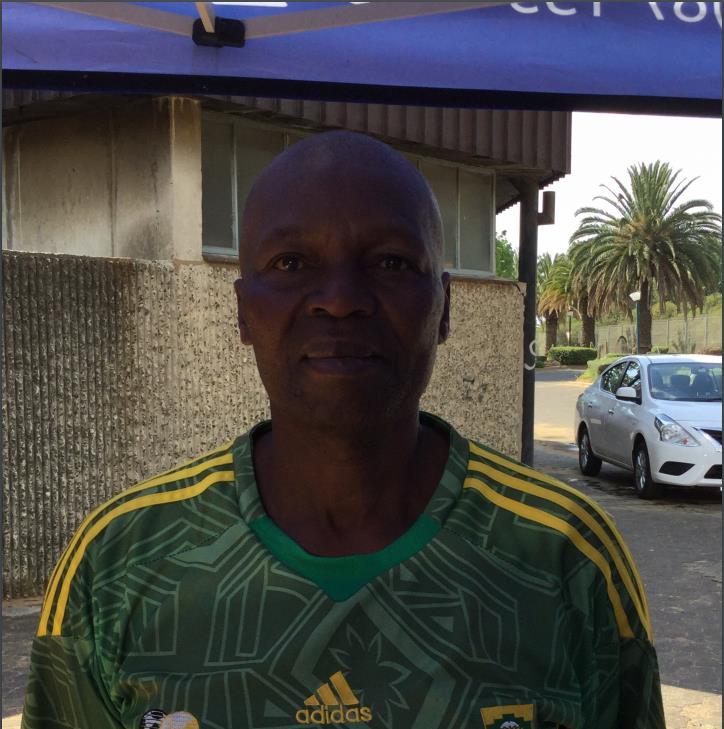

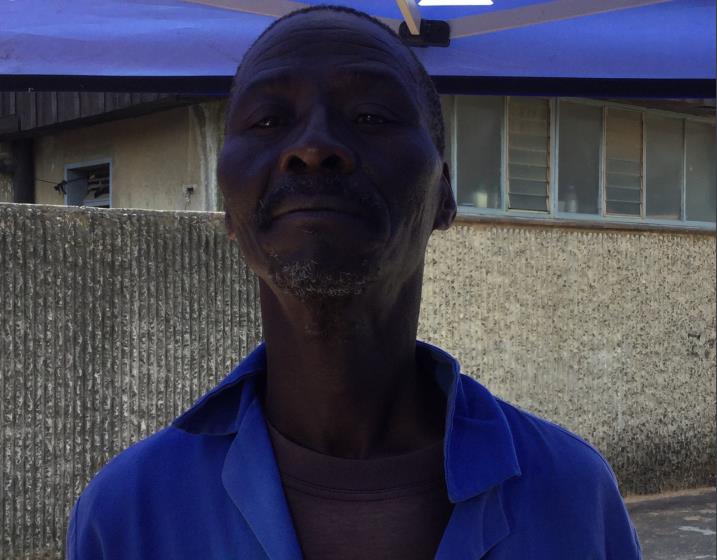
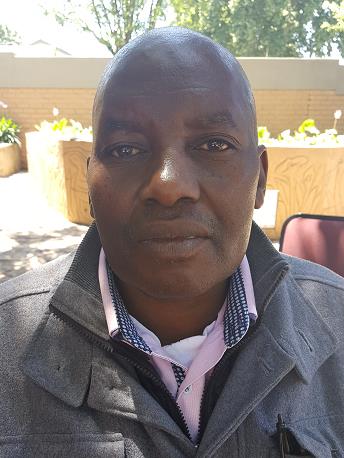
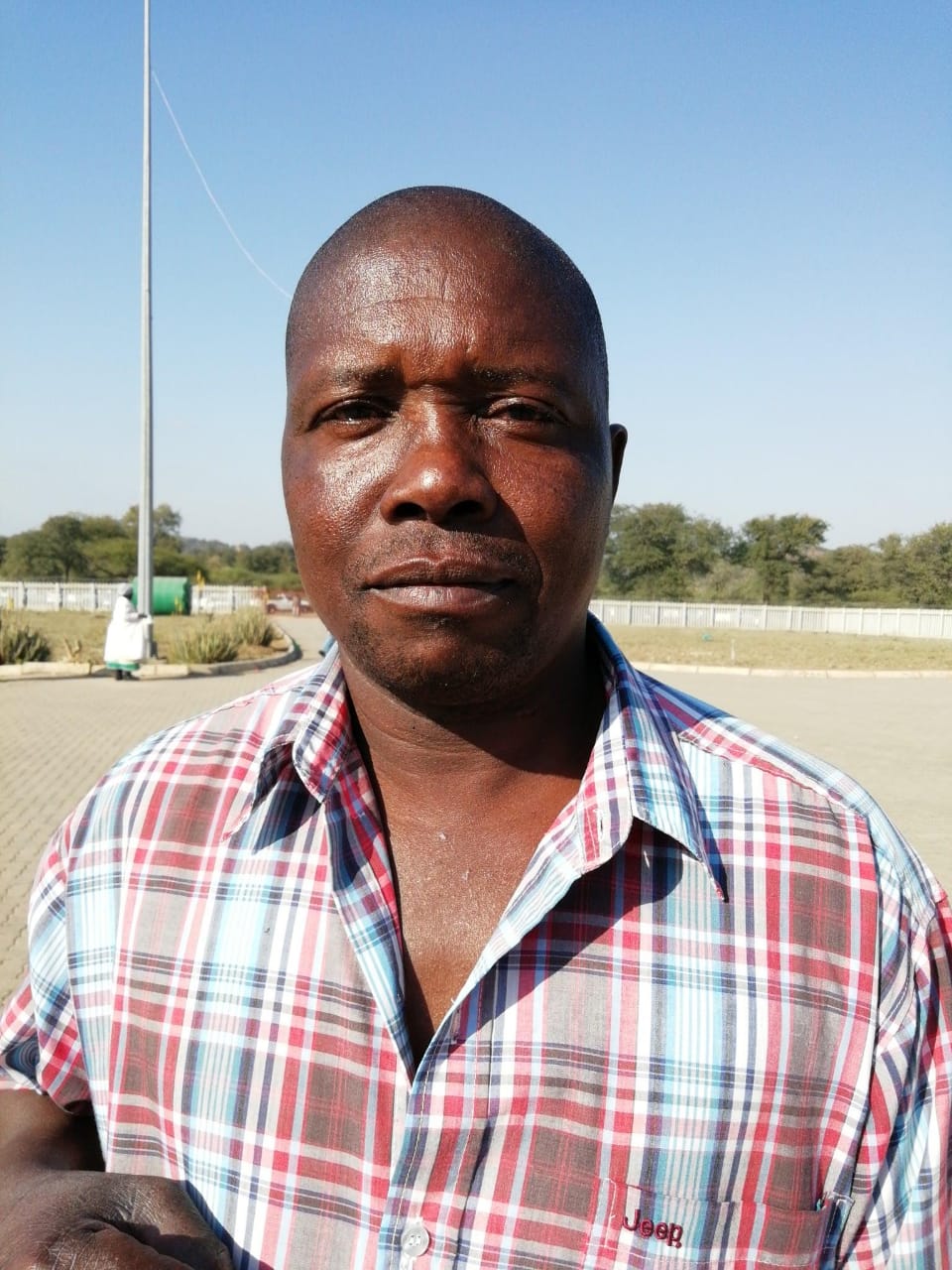
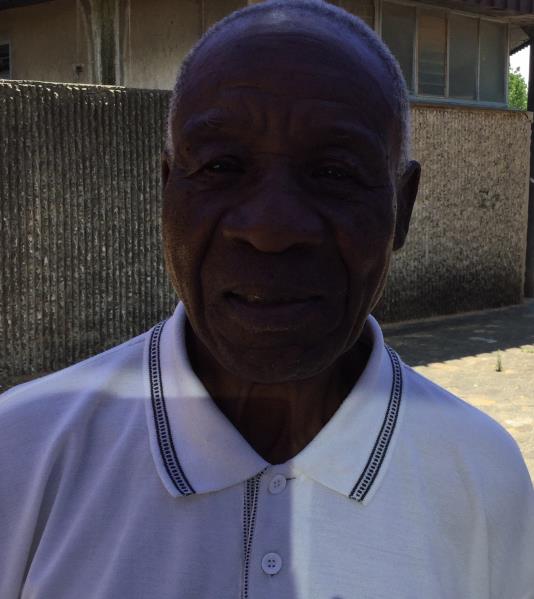
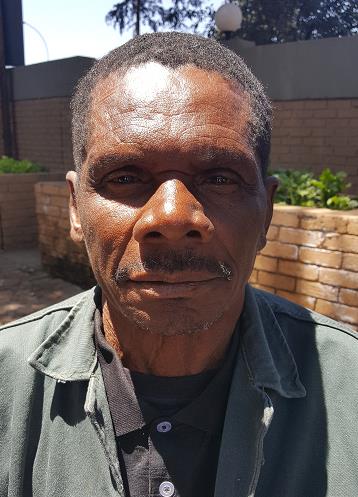
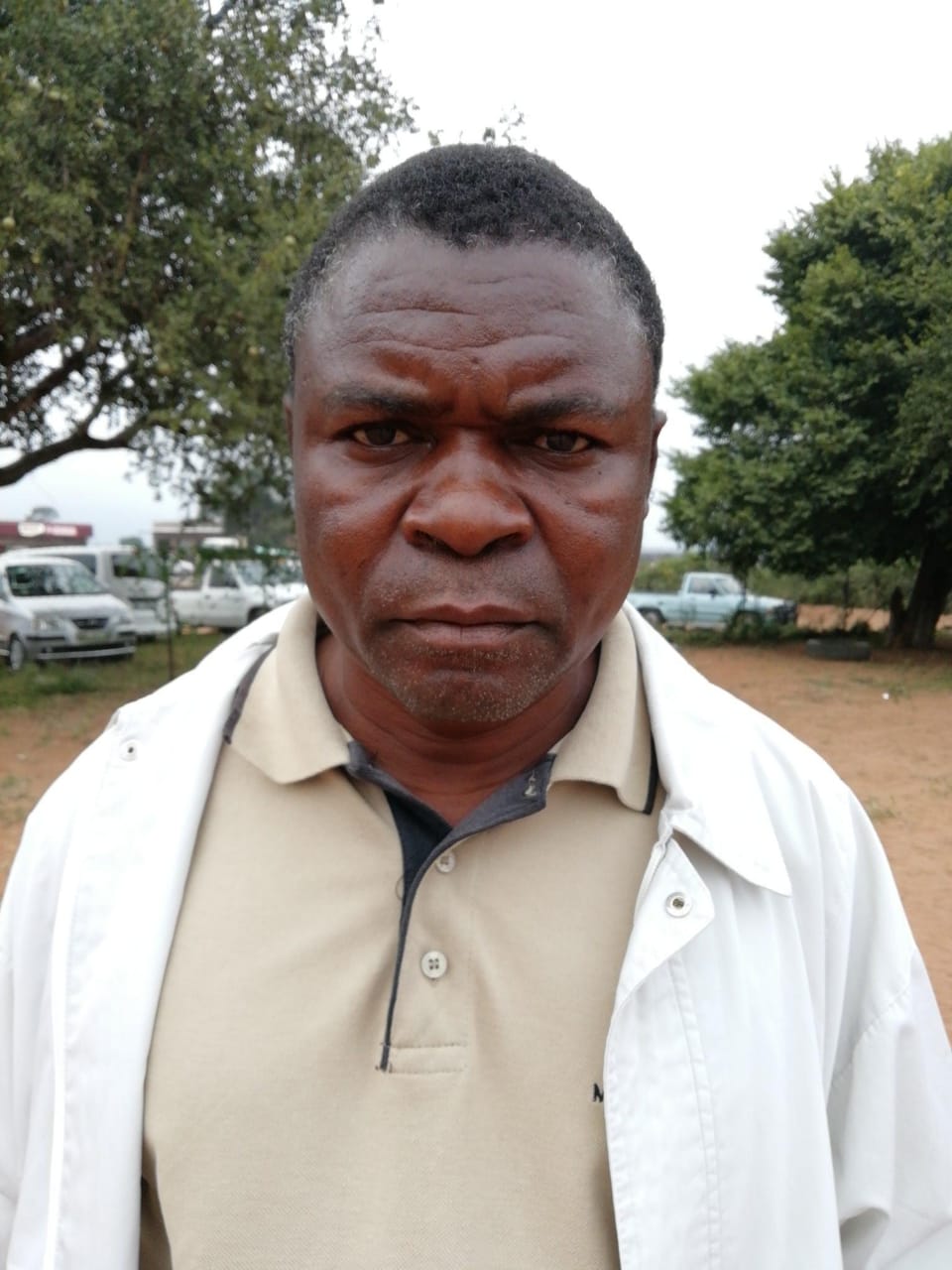
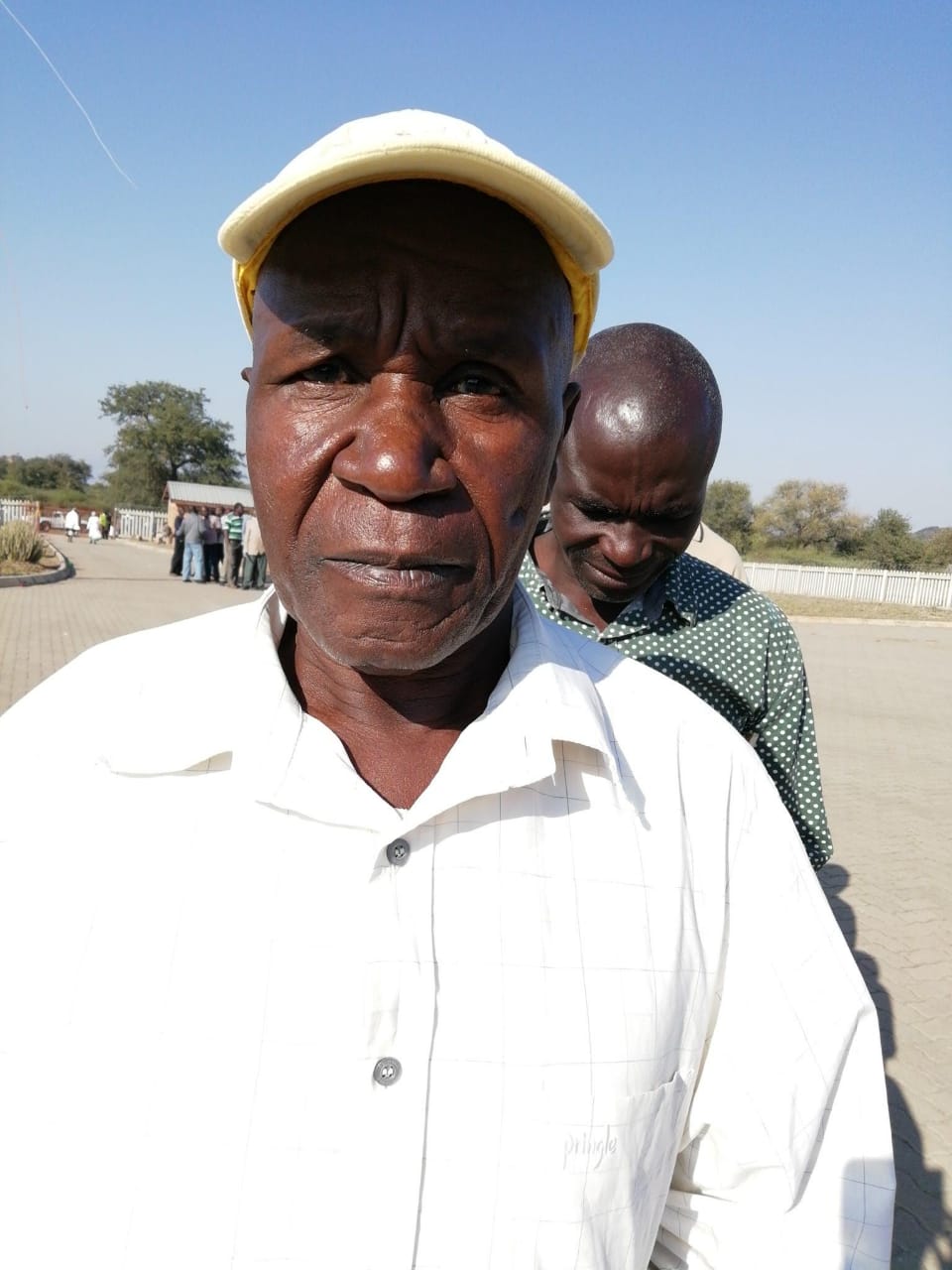
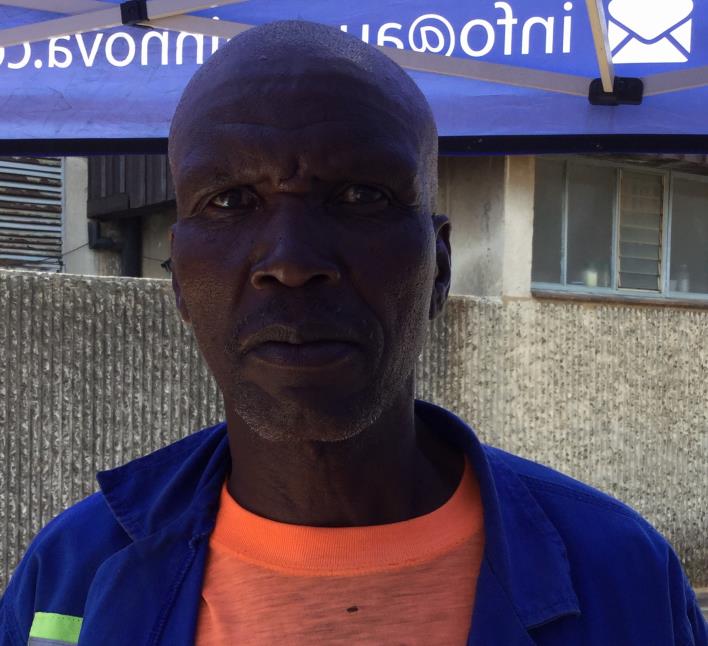
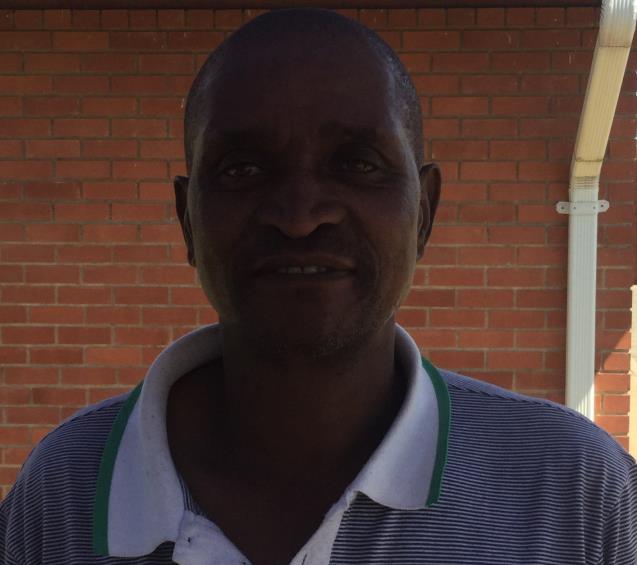
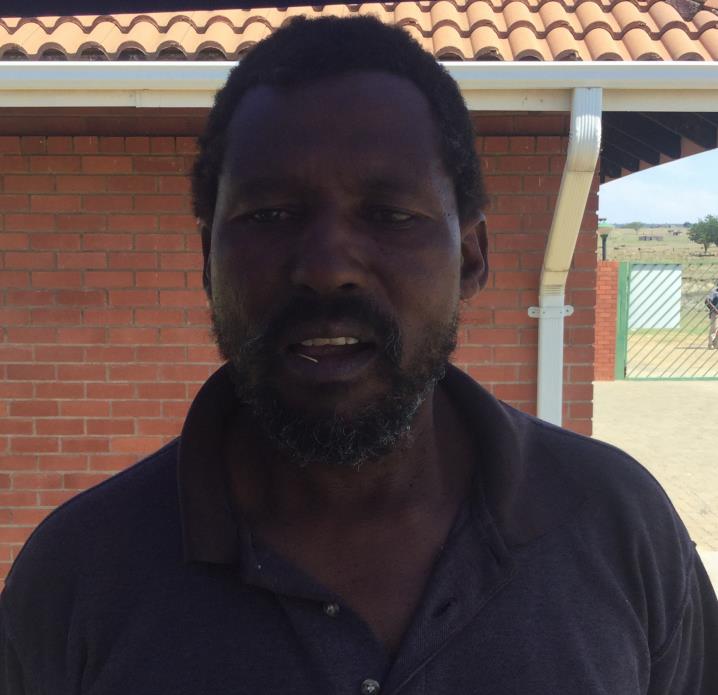

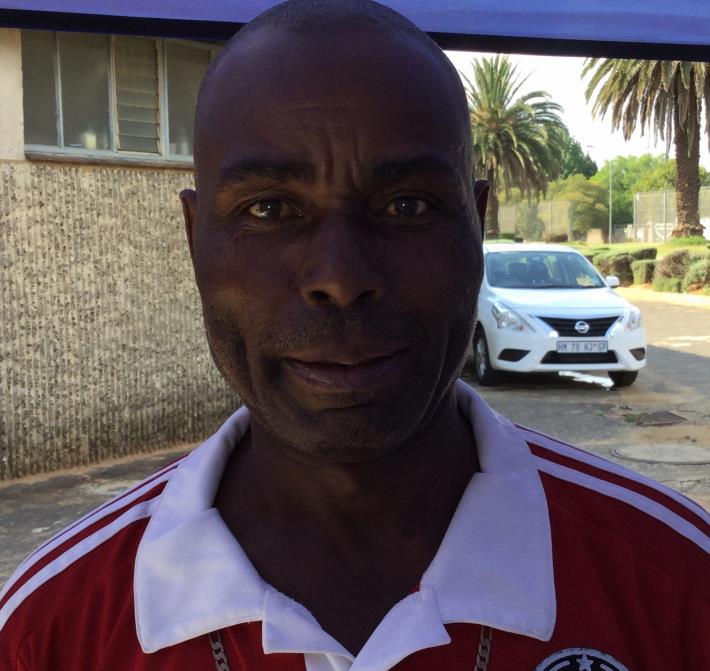
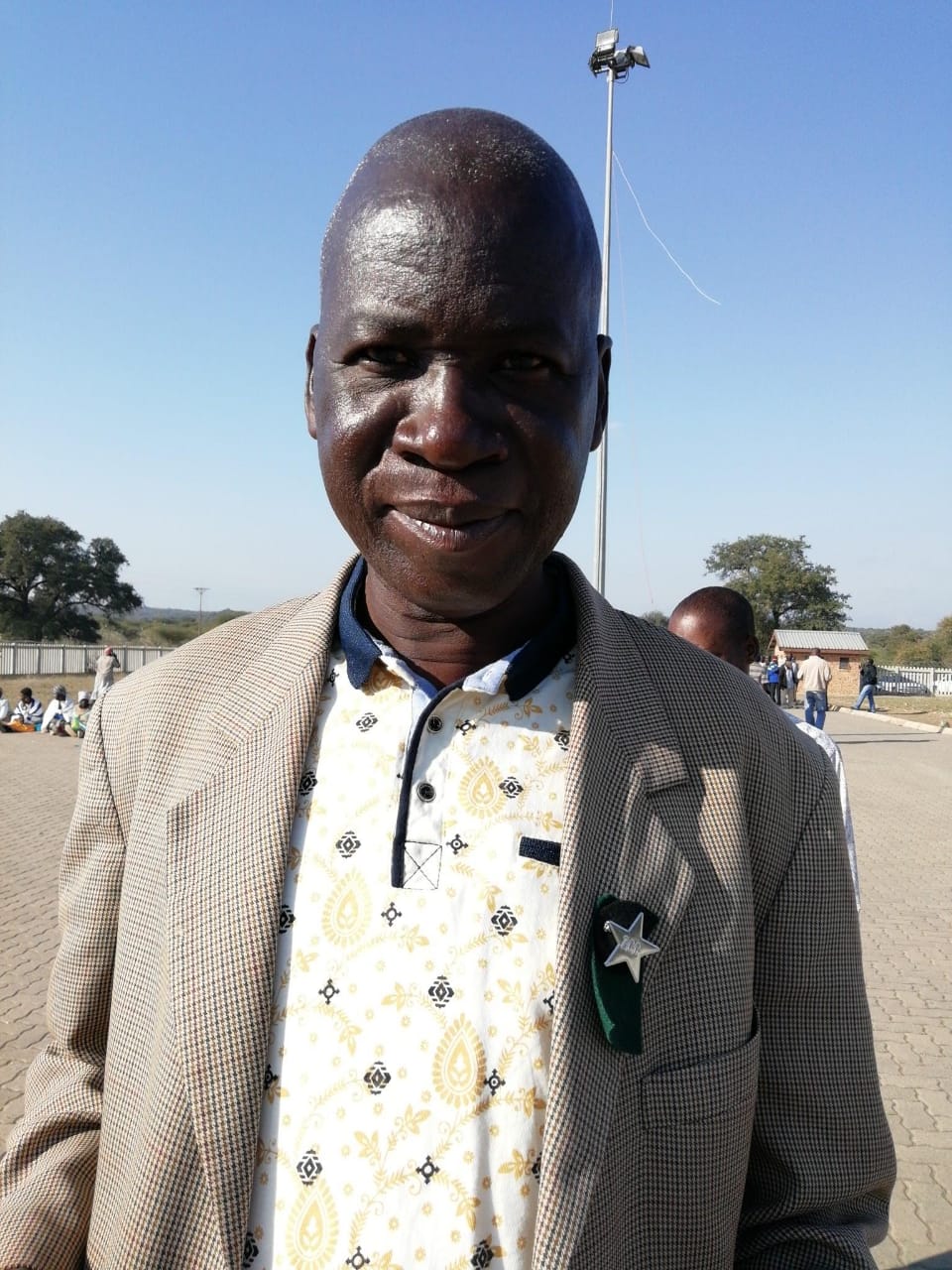
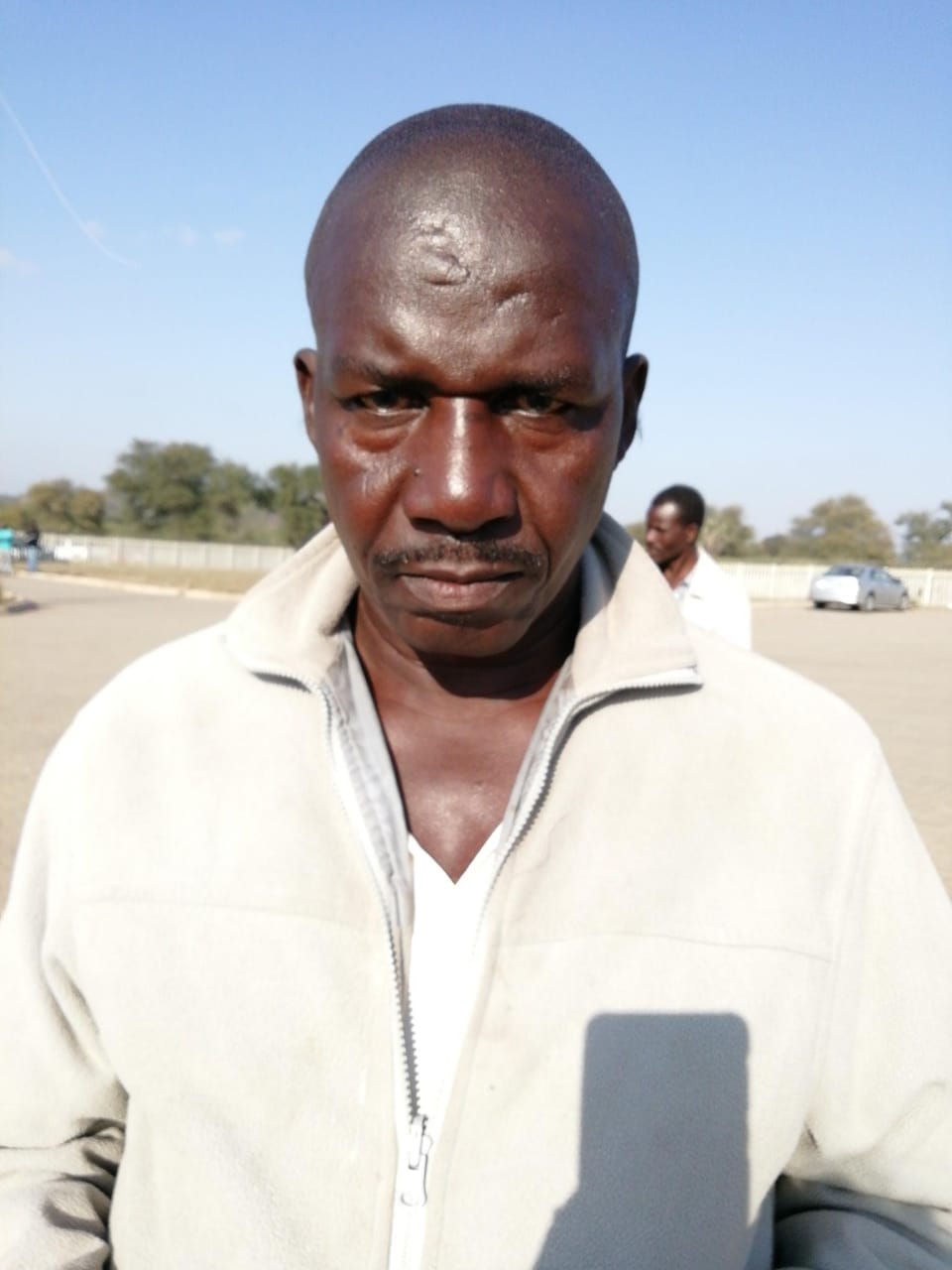
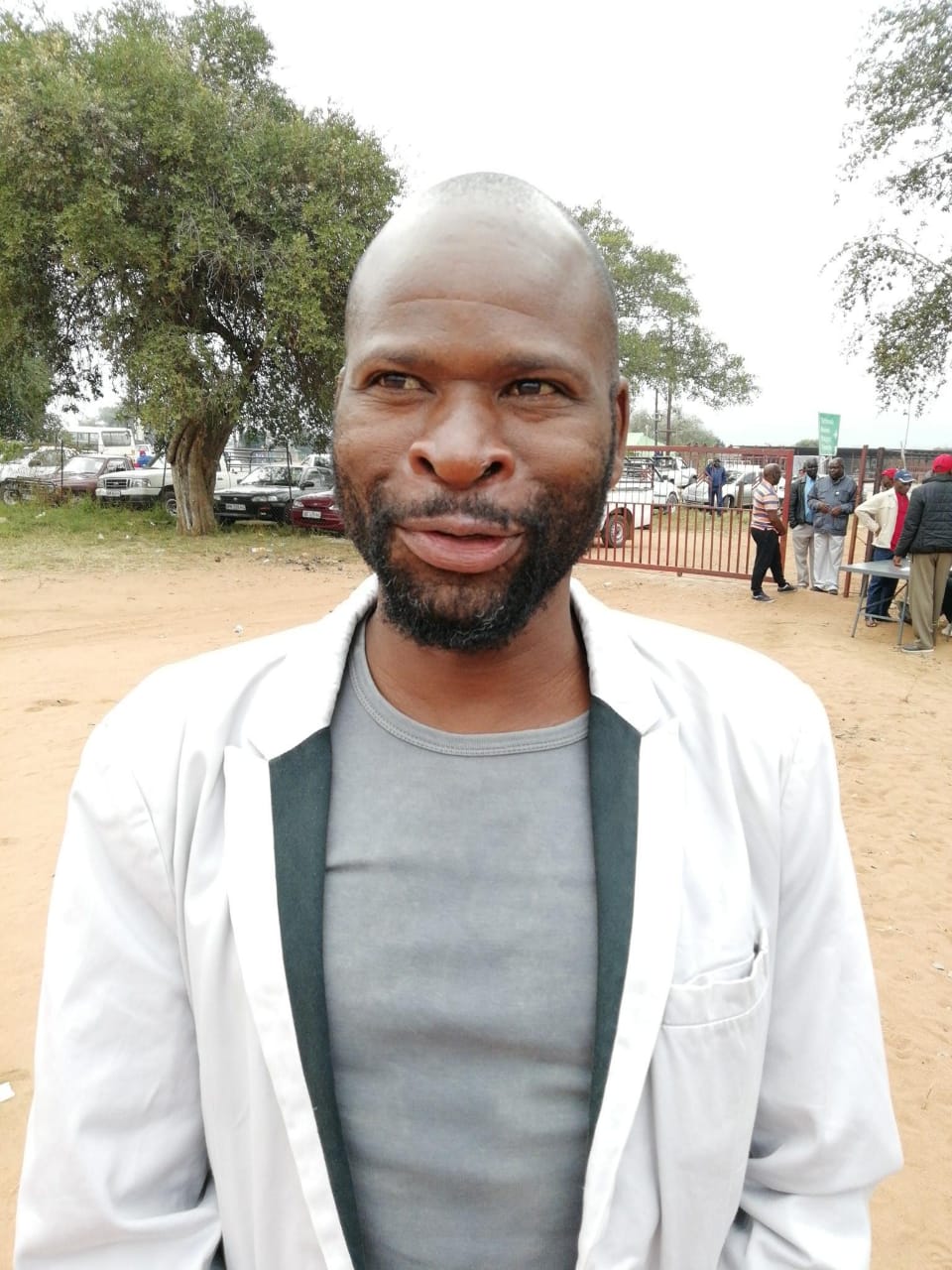
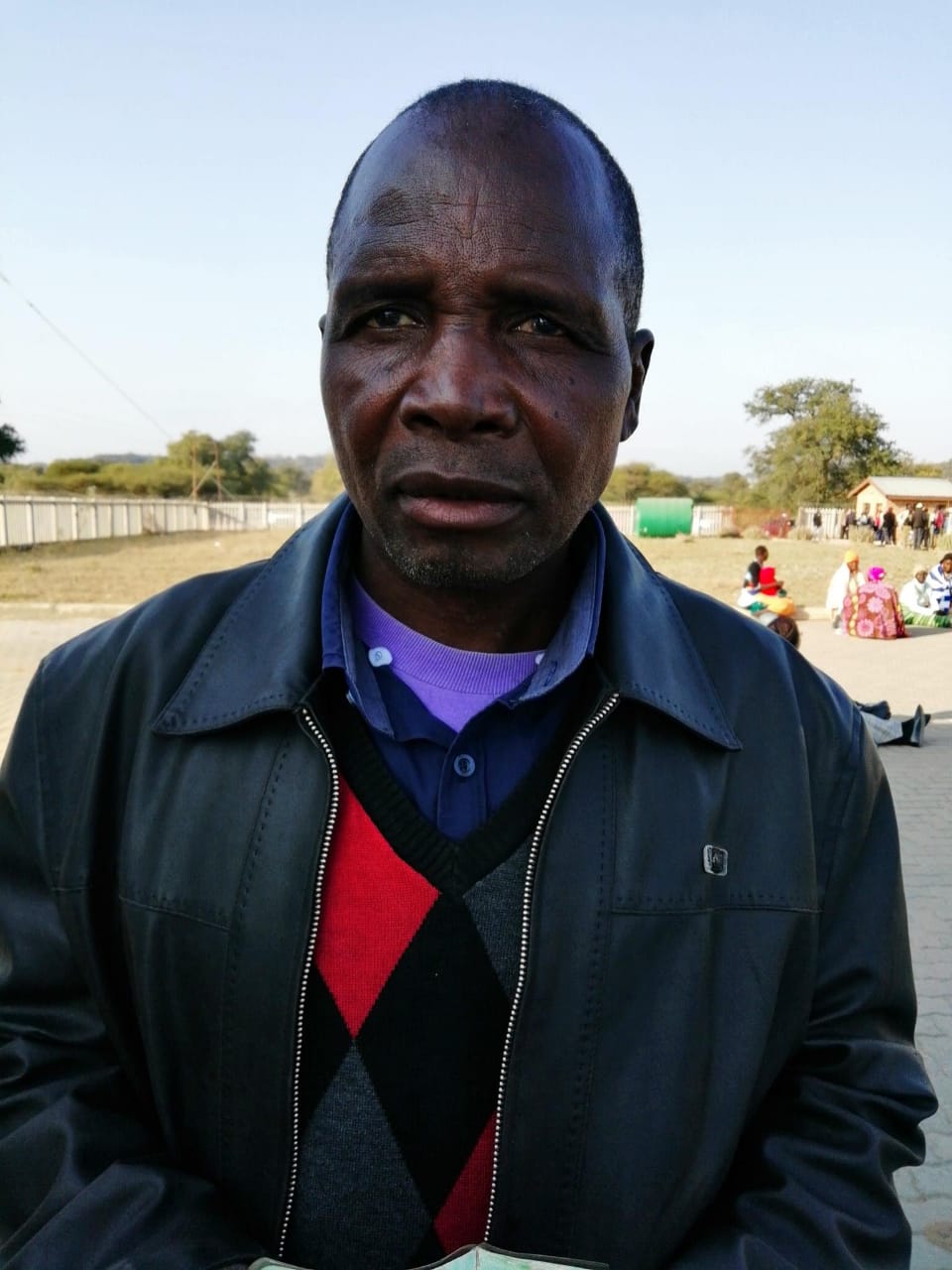
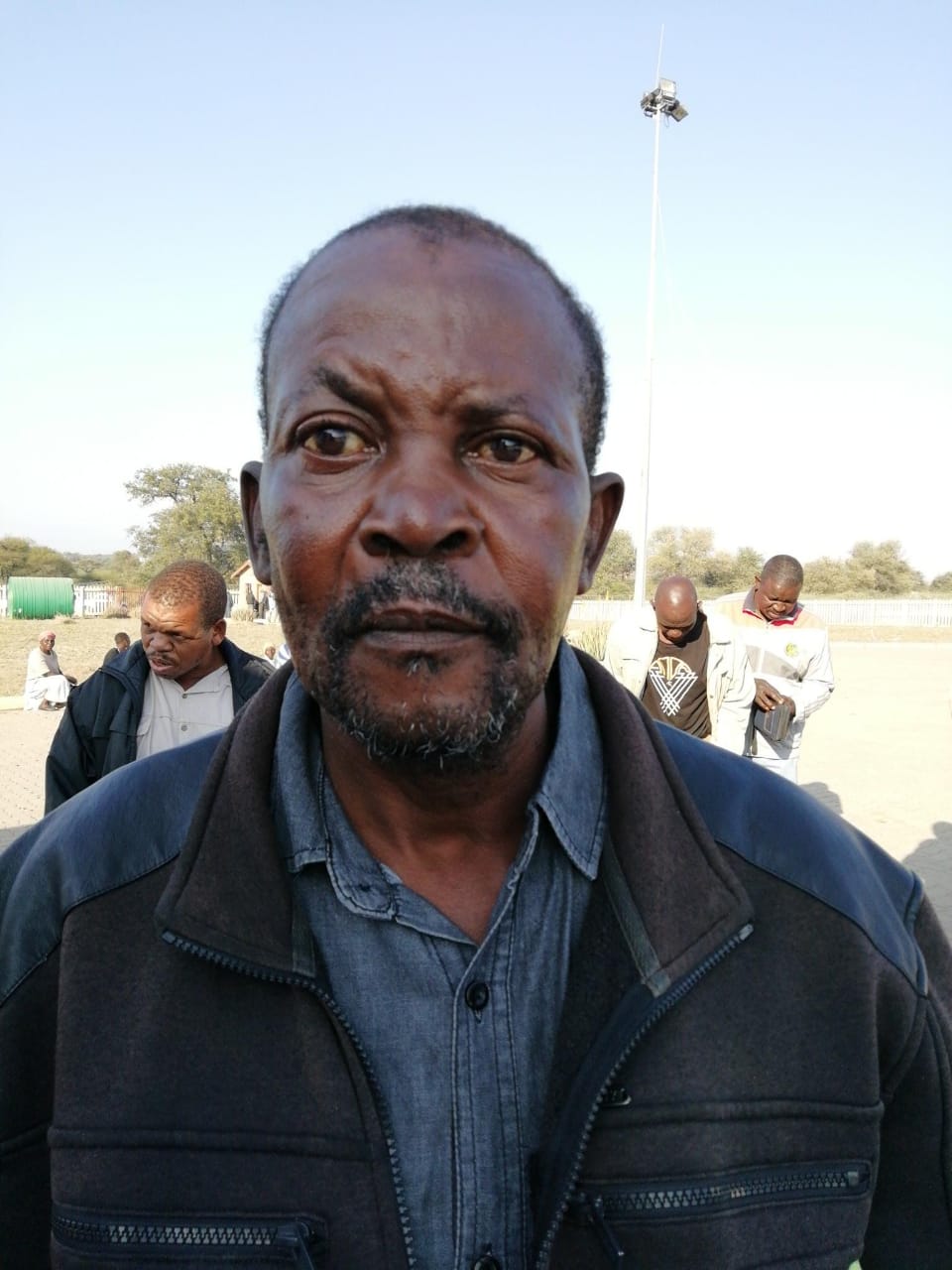

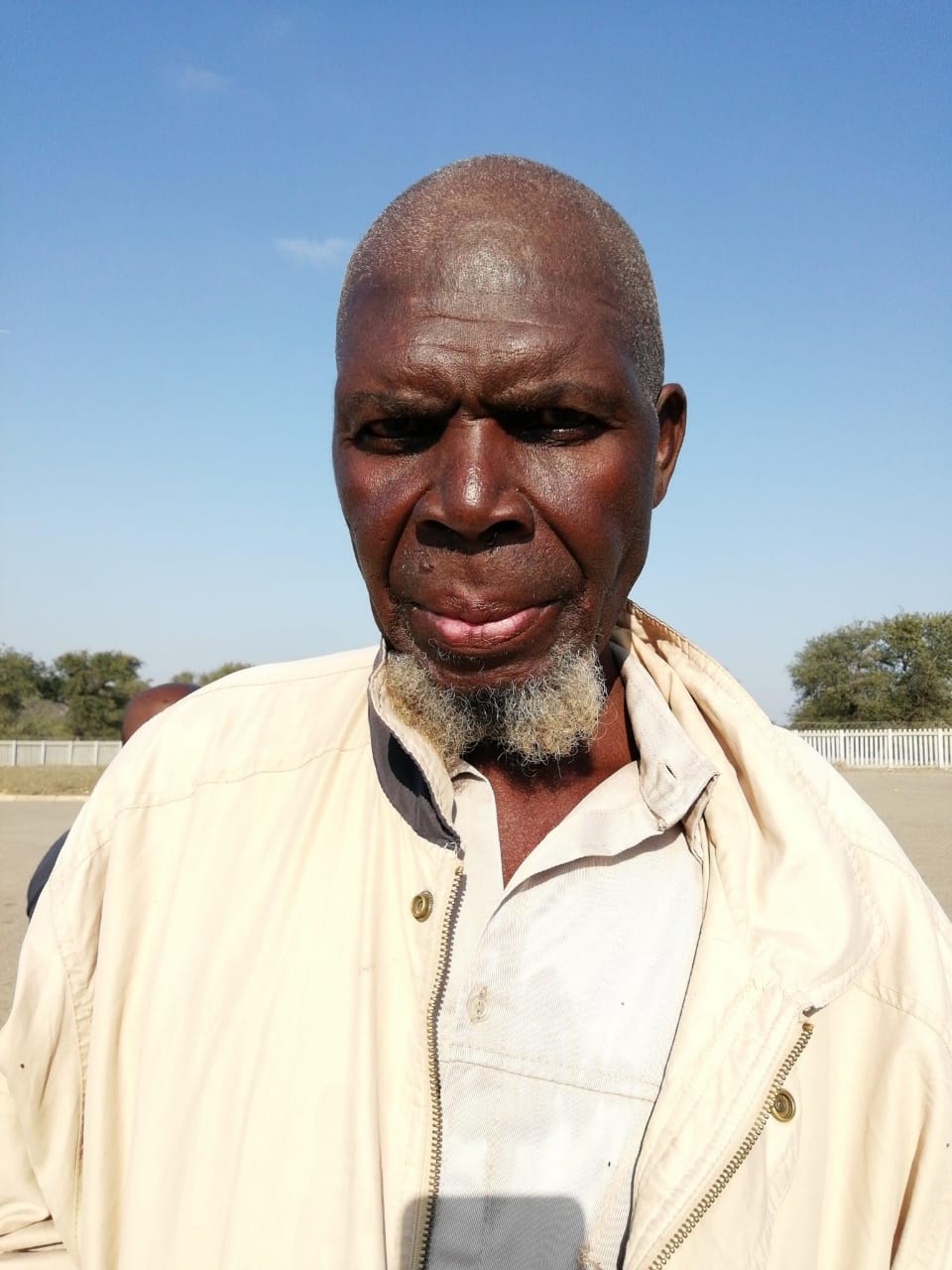
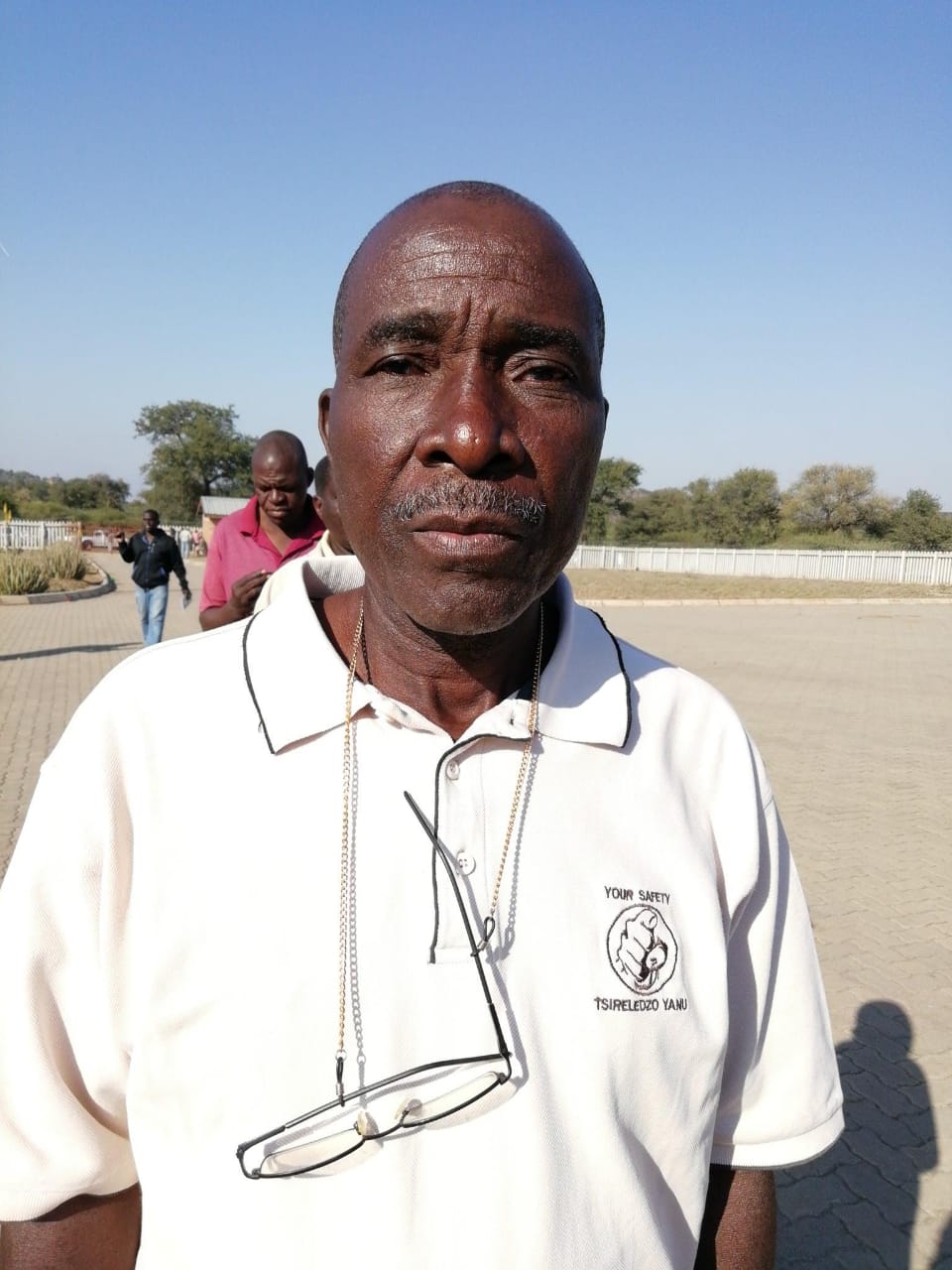
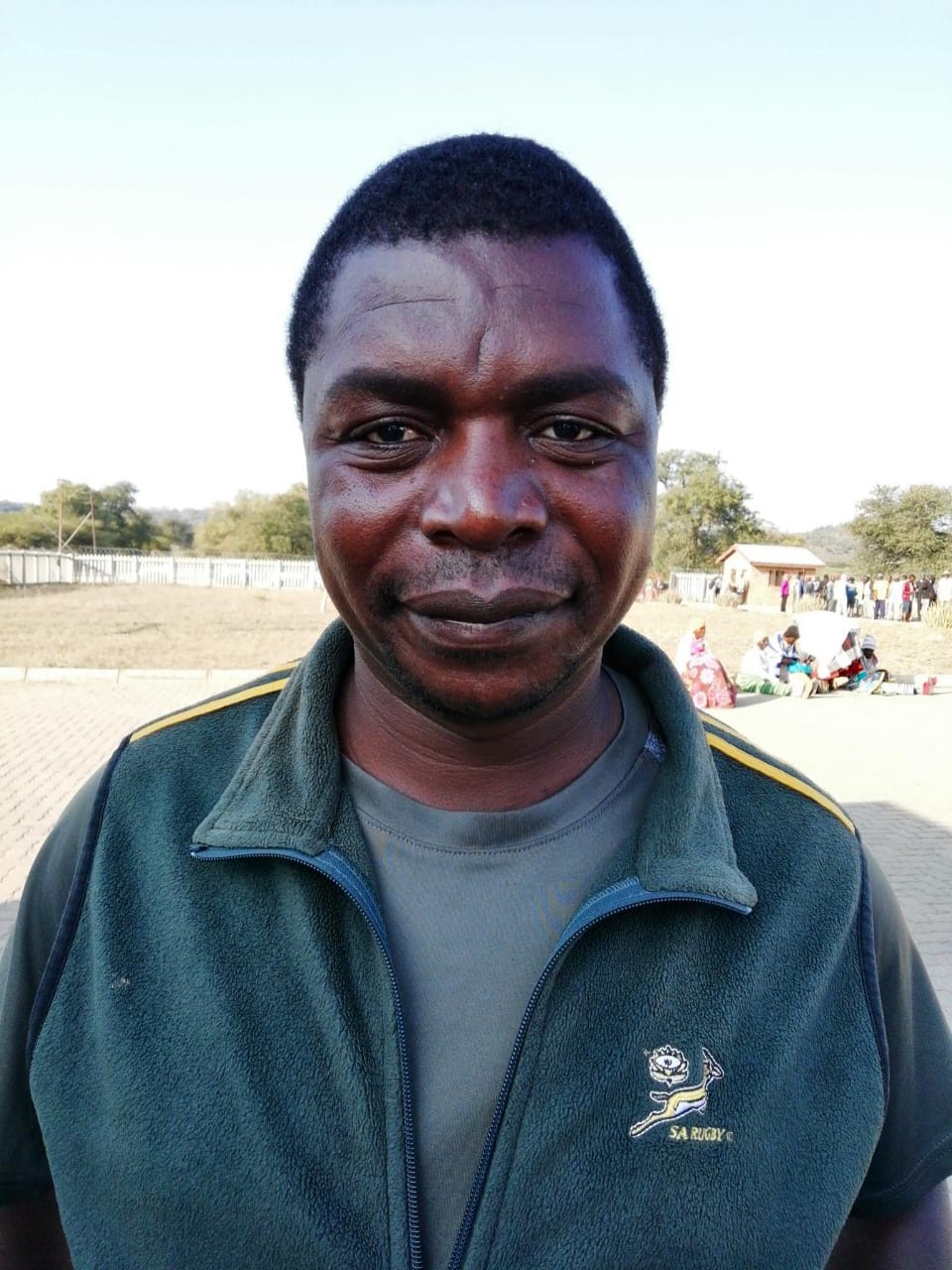
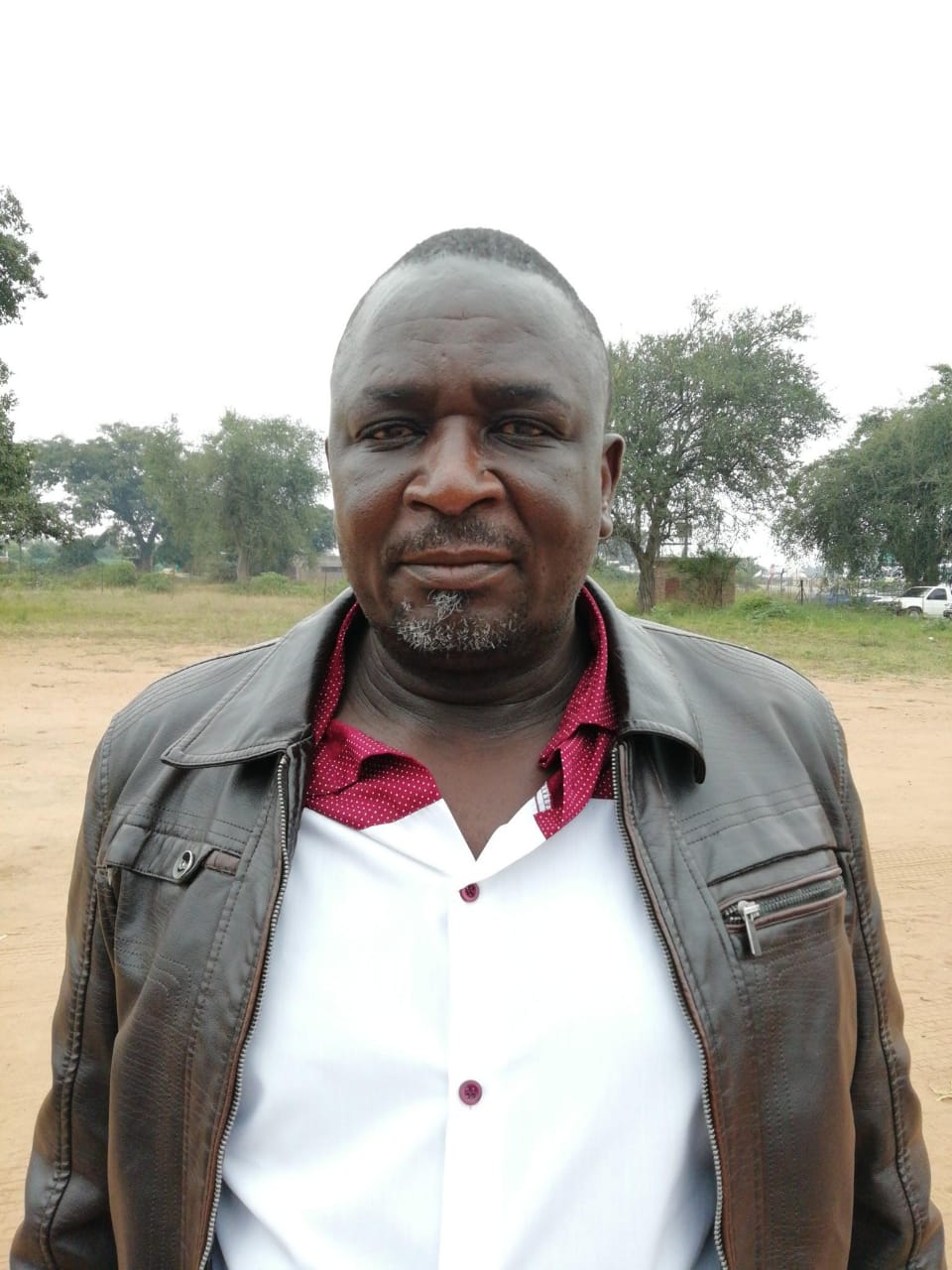
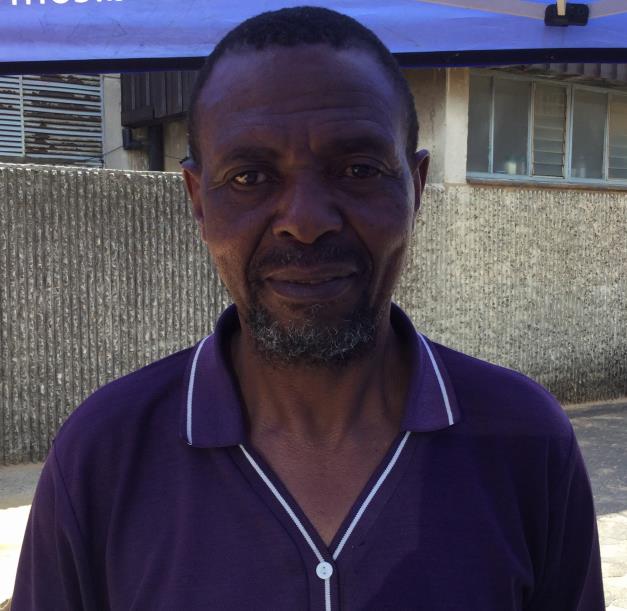
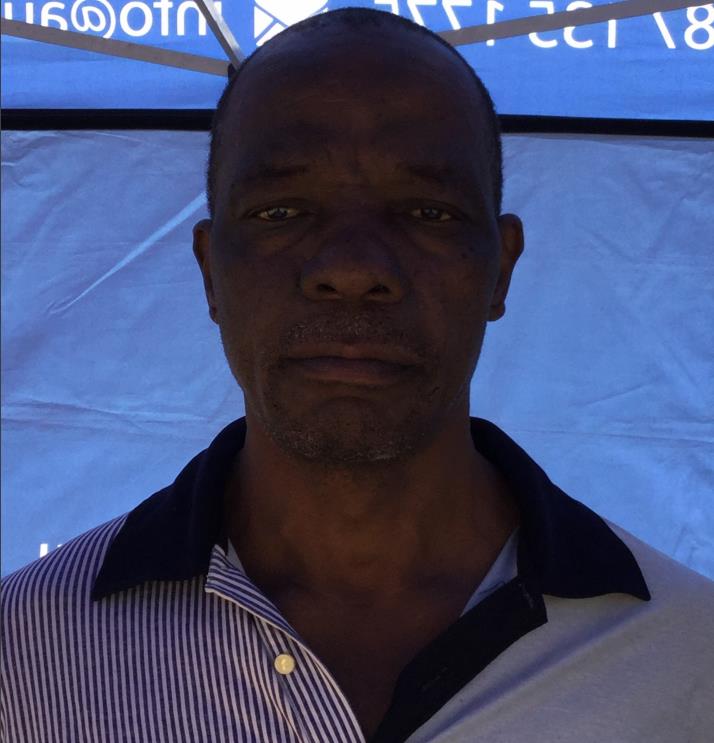
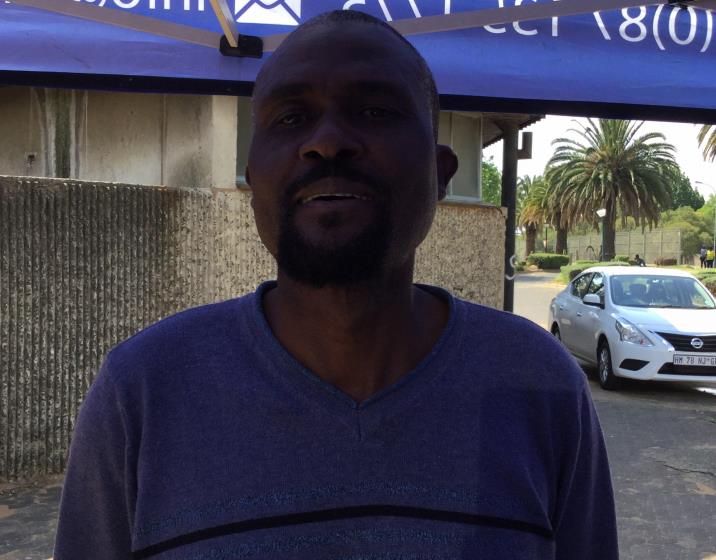
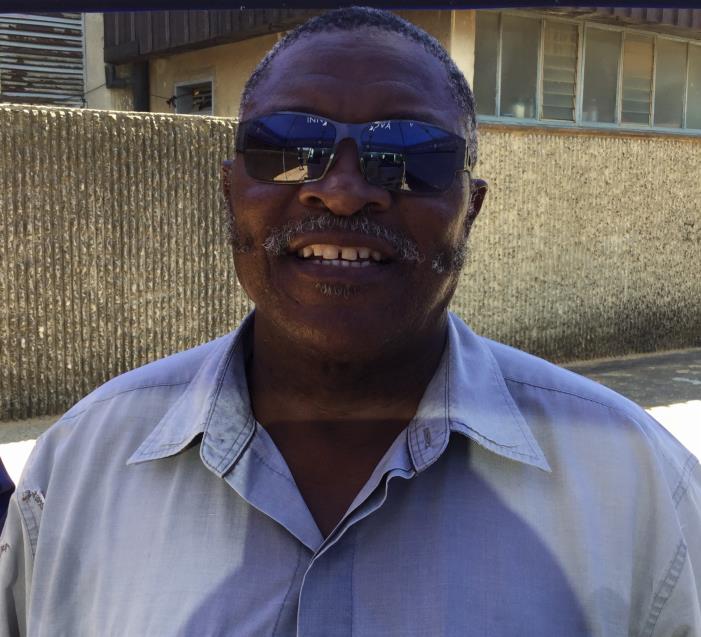
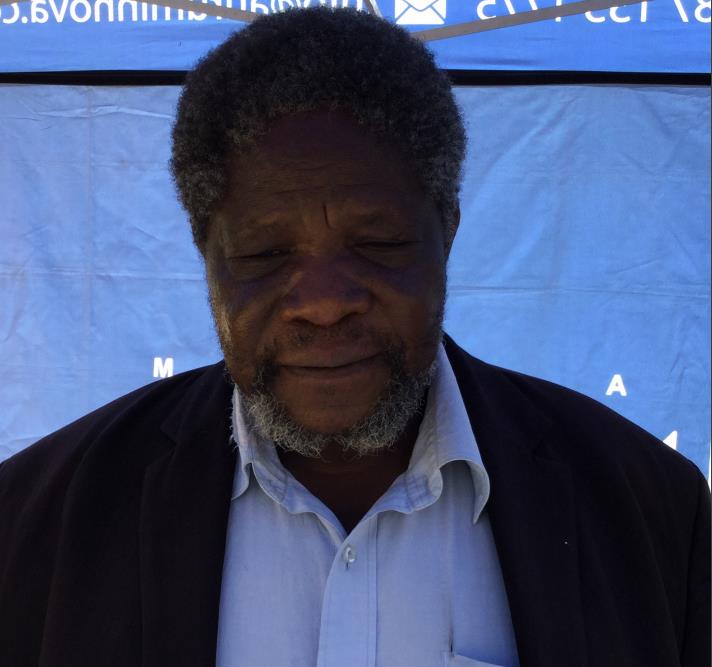
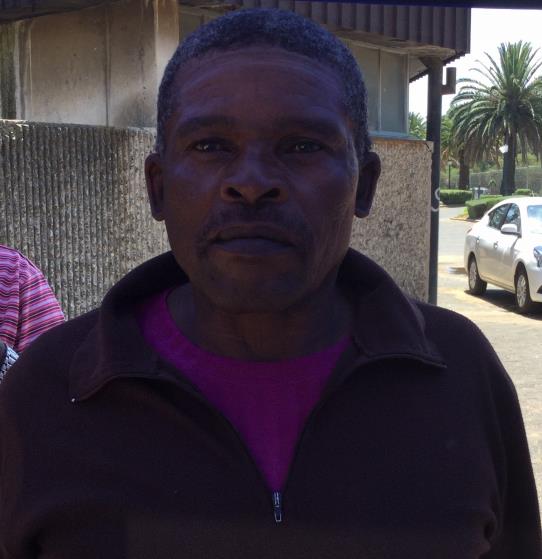
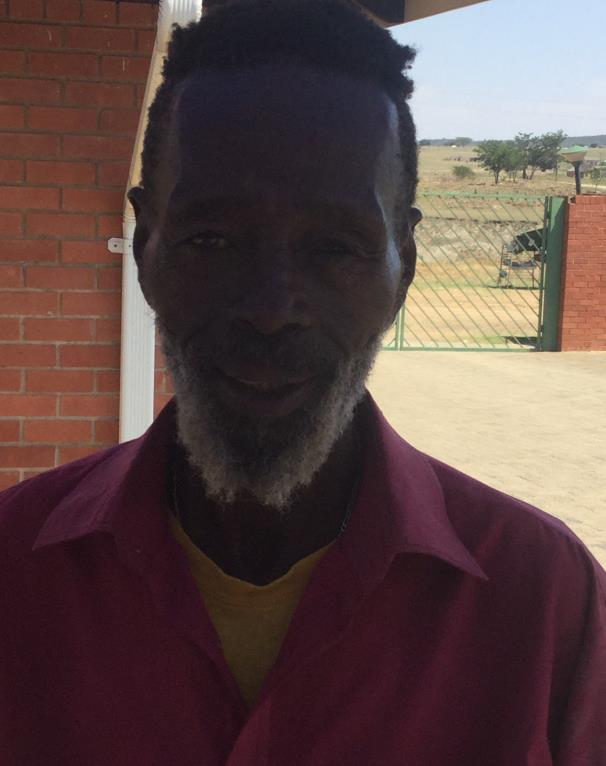
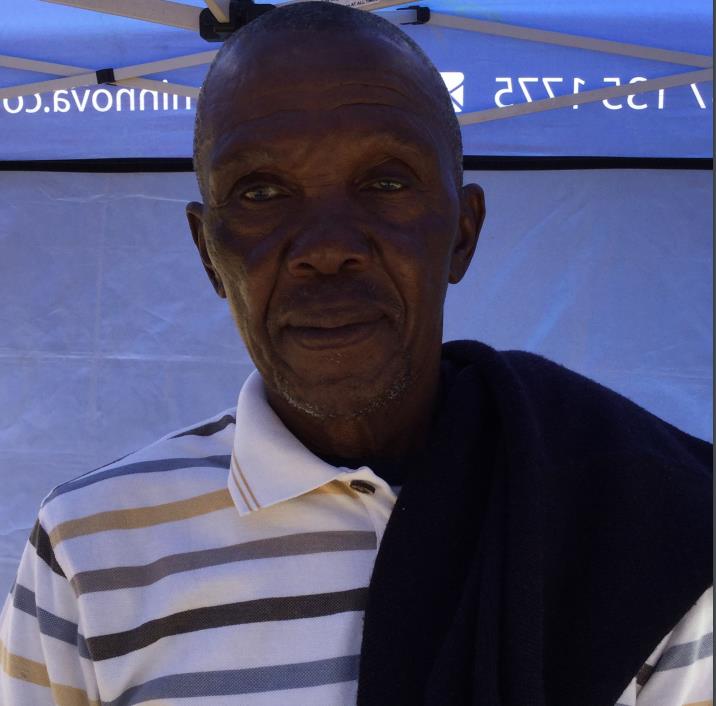
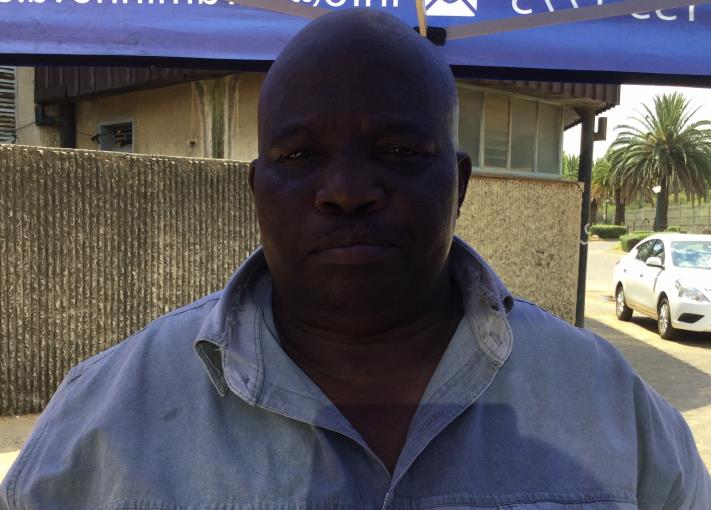

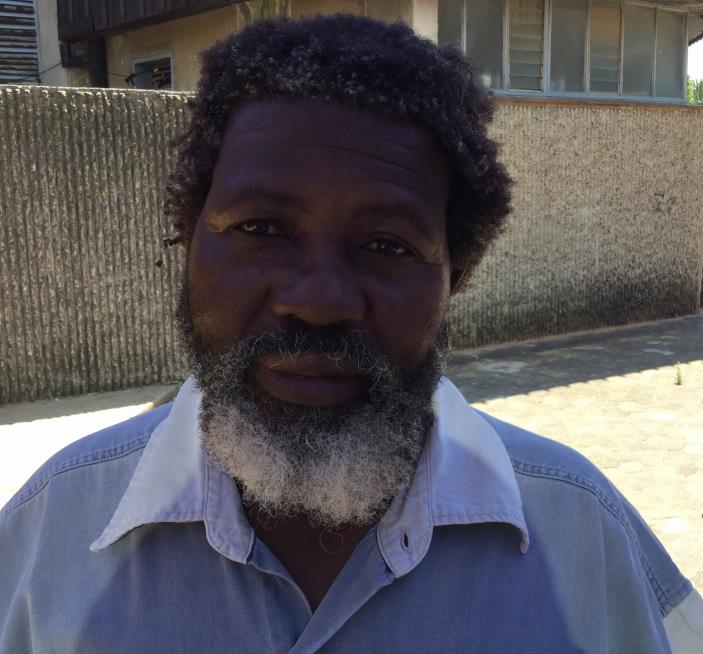
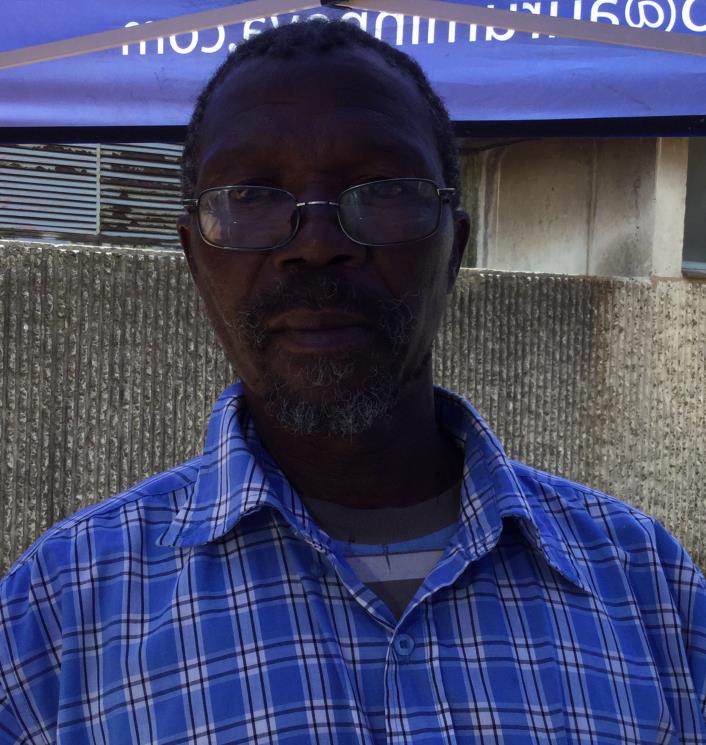
“We needed to find clients for the class action,” explains George Khan from Richard Spoor Inc. By collecting workers’ data the team managed to build a wealth of knowledge of over 50,000 potential claimants which is growing larger by the day.
Khan says that it’s a common tactic in the legal industry for corporate attorneys to overwhelm legal firms who are building a case against them with information. These days, however, firms can accommodate physical, unstructured information.
“It’s no longer an effective strategy to dump tons of boxes of documentation on us with the hope that we’re going away. That’s probably the last thing they want to do now,” says Khan.
Sourcing this information was not their biggest concern though. The team still had to analyse the data and make sense of it.
Ken Gliddon from Cape Town assisted with building this database. He says they receive as much as 25 boxes of workers’ records every day. Each box contains copies of around 70 former mineworkers documentation. These include identity documents, medical records, employment history and other so-called unstructured data about the potential claimants.
"What we're trying to do there is to tie all those bits together. Some of it's meaningless, some are particularly relevant like payslips and ID documents," says Gliddon.
Using computer vision, the model he built can quickly rivel through that information and extract all the data. What they end up with is a dataset that is searchable because that the files have been converted into machine text as opposed to just an image. "We can now search these hundreds of documents for the word 'death', for example, and extract only those relevant files -- many of which refer to death certificates."
Gliddon and his team at Spotonline is the technical partner of the legal firms who represented the miners. The team has so far digitised hundreds of thousands of handwritten doctor’s notes, service history records, identification documents, death certificates and current addresses required to build the case and ultimately inform the trust.
Khan says that it would’ve cost us a small fortune to employee an army of paralegals who would’ve taken years to produce the same results manually. The technology enables legal firms who normally wouldn't be able to afford or have the capacity to process vast amounts of unstructured data to now take on big corporations.
“By having machines that can do that on mass, it’s very easy to quickly work out who can and who can’t qualify just based on service,” explains Gliddon.
In terms of classification, the model uses a machine learning algorithm that determines the amount of evidence each claimant has on record to support their claim for compensation. This is critical in helping them prioritise specific claims.
“The more data the model gets the smarter it gets,” he says. They’ve even trained the model to the point where it can differentiate between different doctors and specialists by picking up patterns in their diagnosis. By doing this, the team can isolate how different doctors read different things. “So we can go to that doctor and say to them: ‘You always pick out TB where nobody else can see TB. What is it that you’re looking for that nobody else can bloody see?’.”
By using the database of potential claimants, the team is able to find hotspots of clients in certain areas. “This is critical as far as the compensatory process goes,” says Khan. "The trustees are going to want to know where they need to go look for these people to find them in order to make sure whoever is eligible to get money gets paid their money. It also helps us understand where other potential claimants are.”
The court this year ruled that the claims will be paid over a period of 12 years managed by the Tshiamiso Trust. R845 million would be used for identifying and locating the claimants.
However, the real fight starts now, says Vama Jele from the Southern Africa Miners Association. "I am saying with confidence that both institutions the Health Medical Bureau for Occupational Diseases and the Tshiamiso Trust do not have a turn around time for payment."